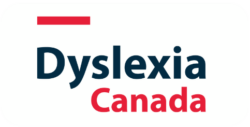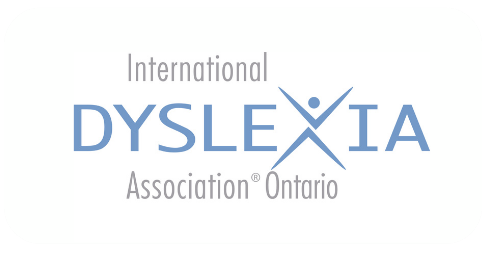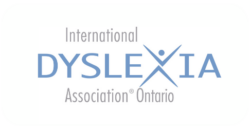Literacy LIFTER (Letter Identification and Formation for Transcription and Early Reading) is a free tool designed to empower educators and caregivers in supporting students’ handwriting and early reading skills. It provides users with evidence-based materials to teach handwriting and letter knowledge (i.e., letter names and […]
This book is an excellent, reader-friendly resource for kindergarten teachers and Early Childhood Educators. While infant and toddler development takes place before the Ontario curriculum kicks in, the authors are American. Their recommendations for preschoolers generally align with the age of our Year 1 kindergarten […]
BEE for Reading is speech to print program created and piloted in Greater Essex County District School Board (GECDSB) kindergarten classes. The program in its entirety consists of a manual, lesson slide decks, sound wall materials, centre activities, and home connections. The full program daily […]
This book is a fantastic resource aligning closely with much of the new Ontario Language Curriculum and reinforcing how assessment can inform our instruction and interventions in order to best help students succeed in literacy. It’s valuable learning for classroom educators, those working in coaching/consulting […]
This resource has been compiled by a group of Canadian language and literacy experts. It is organized into three primary segments. First, it highlights the essential information educators should possess about various research types, enabling them to stay well-informed and knowledgeable about the connection between […]
In the Season 1 finale of Reading Road Trip, Kate Winn and Una Malcolm answer listener questions, sharing their thoughts on everything from sound-spelling walls to structured literacy in older grades.
In this episode, host Kate Winn welcomes Dr. Sonia Cabell for a candid discussion about five key research-based elements of early language and literacy instruction for young children.
This facilitator’s guide is designed to assist professional learning communities (PLCs) in applying evidence-based strategies to help K-3 students acquire the language and literacy skills needed to succeed academically. This document is a support for educators watching the IES videos of foundational language and literacy […]
Pour enseigner le principe alphabétique en suivant une approche enracinée dans les principes de la science de la littératie. C’est l’étape fondamentale.
Partie I : Comprendre et appliquer la progression des apprentissages AlphaGraphe à sa pédagogiePartie II : Pistage du progrès : l’évaluation au service de l’apprentissagePartie III : Des outils pour appuyer la planification d’activités pédagogiques explicites, systématiques et structuréesPartie IV : L’art de calligraphierPartie V : Nécessité, mère d’invention : la création d’AlphaGraphePartie VI : Viser une pédagogie intentionnée et conséquent
This strip allows learners to practice writing the letters of the alphabet. Two versions of the bookmark are available for download: one containing the soft c/g and the other, the hard c/g. This resource respects the criteria for creating a pictorial mnemonic alphabet, and conforms to the principles of literacy science.
Ce document nous montre l’ordre d’une leçon phonétique qui inclut un bref description de chaque étape. Adaptation de la méthode utilisée en anglais par The Reading Clinic, Kingston Ontario.
“Lorsque vient le temps d’introduire un nouveau graphème, il s’agit de commencer la leçon avec une révision des cartes des leçons précédentes (voir l’exemple). On continue ensuite en introduisant un nouveau graphème qui sera ajouté au paquet de cartes”.
Graphème : la lettre écritePhonème : le son d’une lettre
Use these desk strips as a visual support for students, as well as a helpful reminder of the strokes for correct letter formation.




